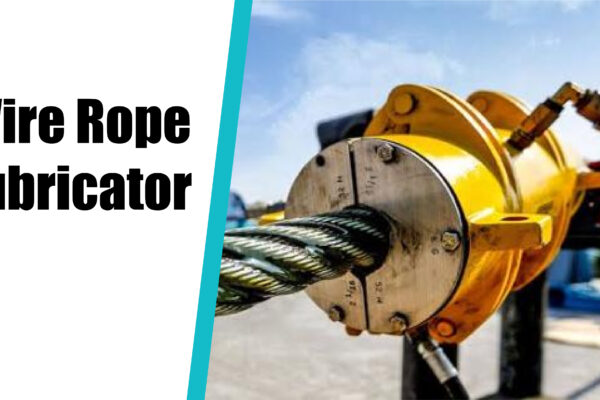Managing a repair shop is not just about fixing what is broken; it is about handling a multitude of moving parts simultaneously. From keeping up with customer requests to tracking every technician’s progress, it is a challenging task to accomplish. Not to mention manual billing and reports, things can quickly drift into chaos.
If your store relies on manual ticket tracking using sticky notes or spreadsheets, you are not only wasting your time but also losing money.
Hold up. There is a way to turn this chaos into calmness, and that is by using a maintenance ticketing system tailored to the needs of your repair store.
The Issue with the Manual Ticketing System
Manual systems require a significant amount of time. The worst part is that over 82% of people do not have a sound time management system, which is why they struggle. With manual systems, too much time is spent on tasks that make it hard for you to focus on the actual work, aka the repairs.
This is the biggest challenge when it comes to manual tasks.
1. Centralized Job Tracking that Saves Time
One of the biggest challenges in repair shops is keeping track of all repair jobs. It is easy for things to go wrong if all the necessary elements are not in place. Relying on information across multiple messages, verbal communication, notes, and other sources is not the best approach if you want a streamlined function.
Learn More: Crypto30x.com Dis – Unpacking the Hype, Risks, and Reality of the Platform
A ticketing system acts as a pillar of coherence in your repair store. Every repair request becomes a ticket that will keep an accurate record of customer details, problems, assigned technicians, and repair job status.
With everything in place, you’ll be able to
- Instantly check the progress of any repair
- Assign or reassign tasks in seconds
- Avoid missing out on pending repairs
This results in your team spending less time searching for details and more time completing the work.
2. Smooth Communication Between Staff and Customers
Communication gaps can easily damage your reputation and cause frustration, both inside your repair store and with your customers.
A maintenance ticketing system bridges the gap between staff and customers. Technicians can update ticket statuses in real-time (awaiting parts, in progress, completed), and the system can automatically notify the customers about repair progress.
No more endless calls or confused customers asking, “When will my device be ready?” Everyone will be on the same page, and you won’t even have to put in extra effort.
3. Reduced Errors and Misplaced Orders
Manual tracking often ends up in mistakes because of missing paperwork, incorrect repair histories, or inaccurate billing.
When every repair ticket is digitalized, you’ll have a clearer history of every task or job that you take. From check-in details to parts used, technicians, and the total cost, all of them will automatically be calculated and logged in.
Having such a detailed history helps in several ways:
- There will be fewer billing disputes because everything is in record
- It will lead to faster audits because everything has a record that is traceable.
4. Pre/Post Repair Checklist
The ticketing system offers a pre/post checklist feature. Having such detailed checklists prevents miscommunication, promotes transparency, and instills trust in your customers. Not only that, but you’ll also be able to protect yourself against false claims and negative reviews and maintain proper histories. Cherry on top is that this will also give you a great opportunity to upsell your devices.
5. Easier Warranty Tracking
With each ticket and service, the parts warranty is associated. Having detailed information along with every device makes it easier to come to it whenever needed. Imagine a customer comes to you after 4 months of getting his screen fixed and claims that his screen is not working and claims warranty. If you had manual systems, there is a high likelihood that you’ll have immense difficulty trying to find a 4-month-old invoice and then even see if the part that was used had a warranty or not.
People Read Also: Crew Disquantified Org: An In-Depth Exploration of a Unique Organizational Model
However, in contrast to this, it is extremely easy for the repair store owner to track the warranties easily using the maintenance ticketing system.
6. Sync Tickets with Inventory
The best part about having a ticketing system is the fact that with every part that you use in the repairs, the inventory levels are automatically updated. This saves up so many errors and stockouts, which is not the case if you use manual ways to update your stock.
Final Thoughts
The repair industry is moving towards automation, and rightfully so because automation reduces the chances of errors. The ticketing system doesn’t just make the errors close to zero; it makes sure your store and its services feel reliable, secure, and foolproof.
This feature gives your store the visibility to improve your workflow, and it eliminates manual chaos to create a professional and reliable experience for your customers.










